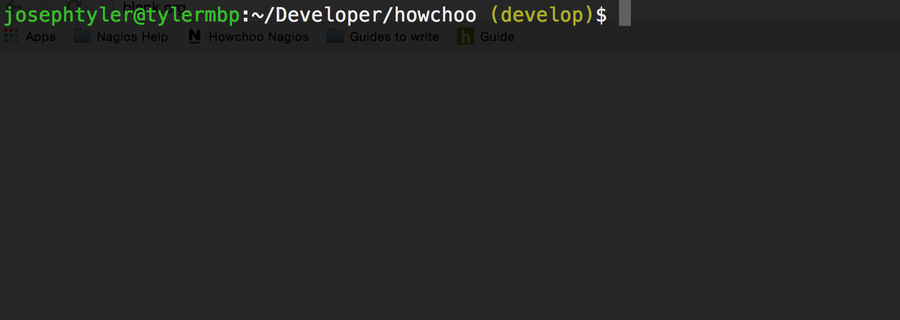Git: Move Your Latest Commits to Another Branch

Share
Interests
Posted in these interests:

Sometimes we start writing code without managing our branches in advance. Then we make commits in master (or some other base branch) when we intended to carve off a new feature branch. In this guide, we’ll learn how to move our latest commits to another branch, leaving our original branch unchanged.
If you’ve never used these tools before, visit our guide on how to commit and push in Git. You may also find our guide on how to check out a remote branch useful.
1 – Determine how many commits to move
Before we do anything, we need to assess the situation. Assuming you have checked out the branch that we’re going to modify, we need to see the history.
Use git log to deteremine how many commits to move.
git logYou’ll see output similar to this:
commit 5576dbf62182ac1d263e9777e31ff7f35ac6eee3 (HEAD -> master)
Author: Tyler <[email protected]>
Date: Fri Nov 8 12:04:42 2019 -0800
Another commit to move
commit edec499e8c85adf8c6fd79bc1b6993bfb233a5a0
Author: Tyler <[email protected]>
Date: Fri Nov 8 12:04:29 2019 -0800
One commit to move
commit 896cfcd0ae55d95fa81915a60460948b40fa55fa (origin/master, origin/HEAD)
Author: Zach Levine <[email protected]>
Date: Thu Nov 7 10:40:13 2019 -0500
Awesome code added to the repository.We can see that that HEAD is two commits ahead of origin/HEAD, and these are the two commits we want to move to another branch.
In the remaining steps, we’ll cover to how move these commits to a new branch or an existing branch.
2 – Move commits to a new branch
The following steps will show you how to move your latest commits to a new branch.
Create a new branch
git branch feature/newbranchThis will create a new branch including all of the commits of the current branch.
Move the current branch back two commits
git reset --keep HEAD~2Checkout the new branch
git checkout feature/newbranchThat’s it! Your two latest commits have been removed from master (or your current branch), and they’ve been included in a new branch called feature/newbranch.
3 – Move commits to an existing branch
The following steps will show you how to move your latest commits to an existing branch. This is useful if you’ve been working out of a feature branch, but accidentally started making commits in the wrong branch.
We’ll assume that the “current” branch, with the commits that need to be removed, is master.
Check out the existing branch
git checkout feature/existingbranchMerge master
git merge masterThis will add the additional commits to the existing branch.
Checkout master
git checkout masterMove the current branch back two commits
git reset --keep HEAD~2This is it! The latest two commits have been removed from master and added to an existing branch.


